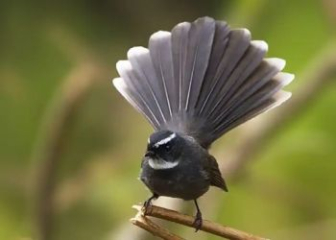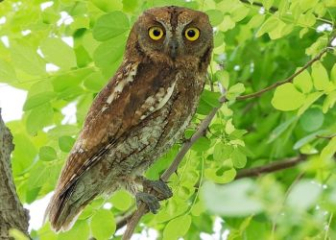Frillback Pigeon - A curly-feathered pigeon that loves to walk.
Blog | by
Frillback pigeon - the most unique breed of pet pigeon with curly feathers, prefers walking to flying, has good fertility and a gentle, friendly temperament.
Frillback pigeons are one of the most beautiful and impressive pigeon breeds, loved by many fanciers. They not only possess a rare curly feather and a noble, luxurious appearance, but also have a gentle temperament, are adaptable, and easy to breed.
However, currently in Vietnam, Frillback pigeons are not really popular and known by many people. Therefore, in today's article, nicebirds will help you learn in detail about the origin, habits as well as techniques for raising Frillback pigeons from A to Z so that you have a comprehensive view of this special pigeon species.
Origin of the Frillback Pigeon

Frillback - Super cute fluffy dog.
Many theories suggest that Frillback originated from the Middle East or Mediterranean region and that this is not a natural breed of pigeon but is the result of crossbreeding and selection over many generations to create a pigeon breed with unique curly feathers.
Today, the Frillback is widely introduced to many countries around the world such as England, Germany and Hungary, where this pigeon breed is crossbred to become a more advanced version.
Frillback Pigeon Appearance
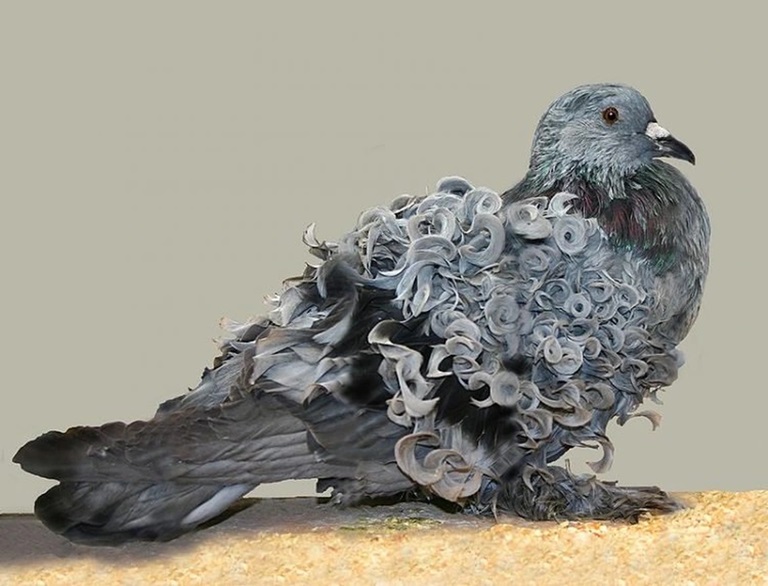
A Frillback pigeon with a super unique curly coat.
Frillback pigeons are one of the most impressive looking pigeon breeds with their characteristic curly feathers. Let's learn more about the appearance of this pigeon.
- Length : 25 - 30 cm
- Weight : 250 - 400 g
- Curly feathers on the wings and body : This is the most prominent feature to be able to identify Frillback among dozens of different pigeons. The curly feathers like waves are concentrated on the wings and body.
- Tail and head hair : Completely straight, not curly.
- Diverse colors : Frillback has many different color variations such as white, black, blue, red, yellow, striped, mottled,... Some even have a light metallic sheen on the neck that looks very eye-catching.
- Head : Round, moderate in size, can be plain (no crest - shell crest) or crest (Full crest) with a crest that looks like a crown.
- Eyes : Round, usually orange-red, brown or pearl depending on coat color.
- Beak : Moderately long, slightly curved, dark feathers have black beak, light feathers have pale pink beak.
- Neck and chest : Long, slender neck, full, full chest, standing posture or chest thrust forward looks very majestic.
- Legs : Moderately long, hairless, usually light pink in color.
Frillback Pigeon Behavior
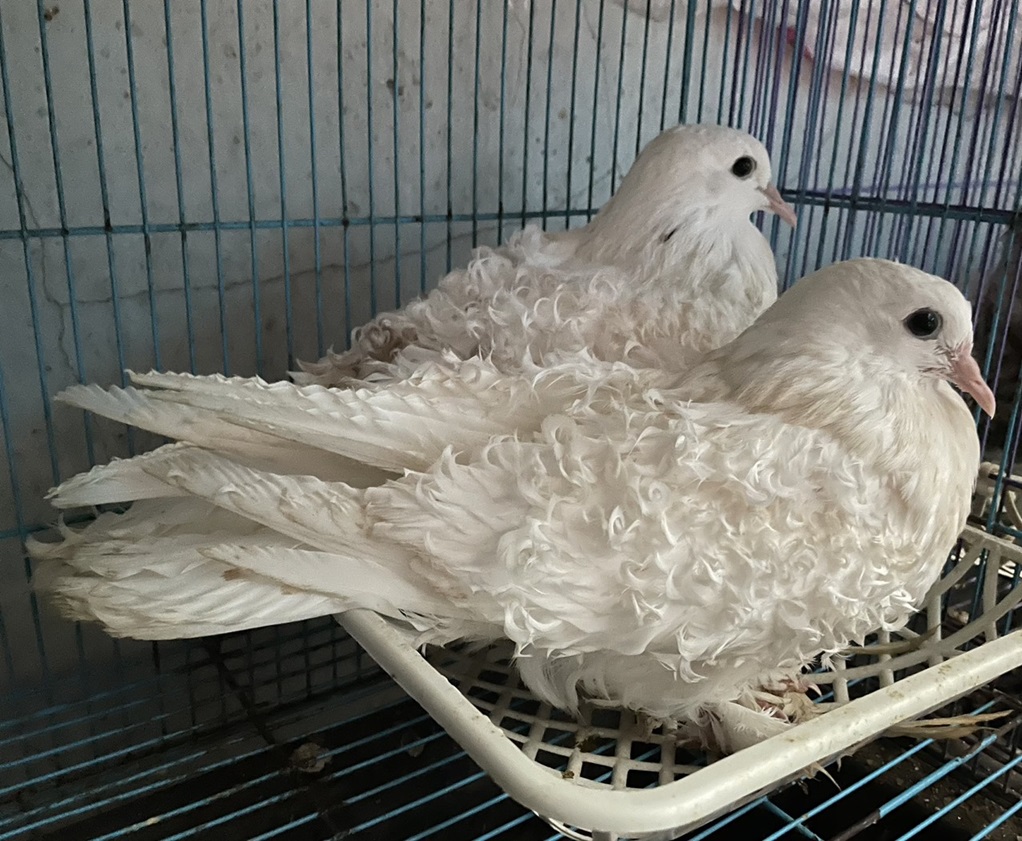
Frillback pigeons love to live in flocks, in pairs.
Let's see if with such a gorgeous and beautiful appearance, Frillback pigeons have any interesting habits and temperament.
Kind and friendly
Frillback is a very gentle pigeon breed, almost never aggressive, very suitable to be raised with many other types of pigeons. In addition, they are also easy to tame, friendly with humans if introduced early.
You can train them simple behaviors like going to the cage on time, eating, jumping on your hand,...
Is a bird that lives in flocks
Frillbacks live in packs or small groups. They congregate, walk, and eat in small groups. They are even friendly enough to groom each other.
Very poor at flying & likes to walk
Despite being a bird, Frillback pigeons have very poor flying ability due to their unusually curly wing feathers. They can only fly low, short distances and mainly walk to move back and forth. This is also one reason why Frillbacks are suitable for caged bird environments.
Curious, love to explore
Frillbacks are curious birds by nature, they love to explore everything around them, especially when kept in a new environment with plenty of space.
Good fertility
Although bred for ornamental purposes, Frillbacks still retain the same high reproductive instinct as other pigeons. They also choose to mate faithfully, then both male and female birds raise their young together.
Frillbacks are especially loyal to their nest location. Even if they are captured and then released, they will still find their way back to their familiar nest location.
Frillback Pigeon Breeding Techniques from A to Z

Frillback cottontail pigeons are kept in cages.
Although Frillback pigeons are quite easy to raise, you still need to pay attention to some of the following basic techniques to help your bird have the most beautiful feathers and live the longest.
Prepare the cage
Frillbacks are very active and love to explore, so you need to prepare a suitable captive environment for them to develop best. Note the following:
- The cage must be cool, dry, with a roof to protect against rain and sun, and avoid humidity and strong winds.
- Should be raised in a large aviary cage with an ideal area of 1m2 for a pair of birds, height 1.5 - 2m.
- The cage should be made of wood, iron or stainless steel, and a galvanized steel fence with small mesh should be used to fence around it. The floor should be paved with bricks and covered with a layer of sand for easy cleaning.
- Prepare a nest for the birds. The nest can be made of a plastic basket with a diameter of 20 - 25 cm, lined with dry straw or dry grass.
Provide nutritious food
To give your Frillback enough energy to function and grow healthy feathers, you need to pay attention to their diet. You can feed them according to the following suggestions:
- Main food : Ground corn, ground green beans, brown rice, sunflower seeds….
- Supplemental food : Fine gravel to help improve digestion (always available in the cage), vitamins A, D, E, calcium,... Occasionally, chopped green vegetables can be fed.
- Drinking water : Change daily, can add electrolytes during hot weather or molting period.
Clean the barn regularly
Cleaning the cage is important and should be done regularly to maintain a clean living environment for your birds. The following basic tasks should be carried out:
- Clean bird droppings every day or every other day (if you don't have time).
- Clean feeders and waterers regularly, avoid leaving food overnight because it can easily spoil and lead to digestive diseases in birds.
- Change nest lining regularly after each breeding season.
- Disinfect the entire barn every 2 weeks.
Frillback Breeding Techniques
Although Frillbacks are easy to breed, you still need to keep in mind the following things to increase the breeding rate of your birds.
- Choose healthy breeding birds with beautiful curly feathers, straight posture, and agility in a ratio of 1 male: 1 female.
- You should pay attention because after 7 - 10 days of mating, the bird starts laying eggs, each clutch only lays 2 eggs.
- Birds need to incubate eggs for 17 - 20 days before the eggs hatch into chicks.
- After hatching, baby birds will drink "crop milk" for the first week before being fed seeds.
- When the baby birds are 30 days old, they can be separated from their parents.
Prevention and treatment of diseases for Frillback pigeons
Preventing and treating diseases for Frillback is one of the important factors that determine the development of this pigeon species. You can prevent and treat some common diseases according to the following instructions.
Frillback Prevention :
- Regular vaccination against common poultry diseases such as Newcastle, pasteurellosis,...
- Supplement digestive enzymes and vitamins regularly
- Keep the barn dry and avoid humidity.
- Ensure quality food and water for birds.
- The cage is spacious and comfortable so that the birds can move freely.
Common diseases in Frillback and how to treat them:
|
Disease name |
Symptom |
Treatment & handling |
|
Diarrhea |
Loose, slimy stools with an unpleasant odor. Birds stop eating and are lazy to move. |
Supplement digestive enzymes. Mild antibiotics. Check the quality of food and drinks |
|
Pigeon peas |
Pigeon with bumps on beak or eye |
Routine vaccination Isolate sick individuals to prevent spread |
|
Respiratory disease |
Birds wheeze, are lazy, and eat little. |
Use respiratory medication and antibiotics as directed by your veterinarian. |
New Frillback pigeon price list updated 2025
Currently, Frillback pigeons are not really popular in the Vietnamese pet bird market, so we do not have exact information about their prices. However, based on the prices on the international market and of some other types of pet pigeons, we can estimate the reference price for the Frillback line from 1,000,000 - over 5,000,000 VND/bird, depending on age and color.
If you are interested and want to raise this unique curly-feathered pigeon, you can contact some large, reputable pigeon farms for the most accurate information.
Beautiful Frillback Pigeon Pictures
Please enjoy the most beautiful Frillback pigeon images shared below to better visualize the impressive appearance of this super adorable curly-feathered pigeon.

A Frillback pigeon with beautiful feathers and a sparkling effect on its neck.
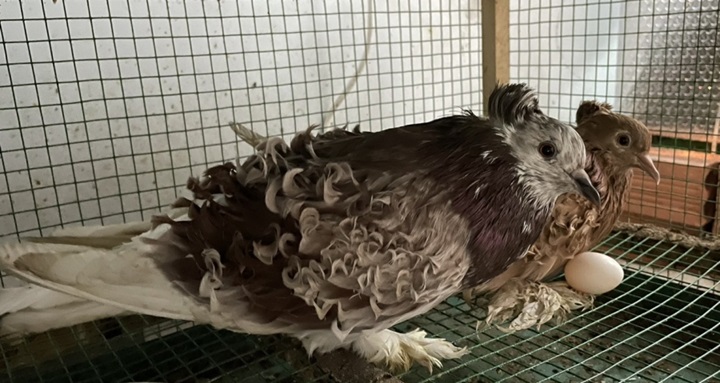
Image of a Frillback laying eggs.
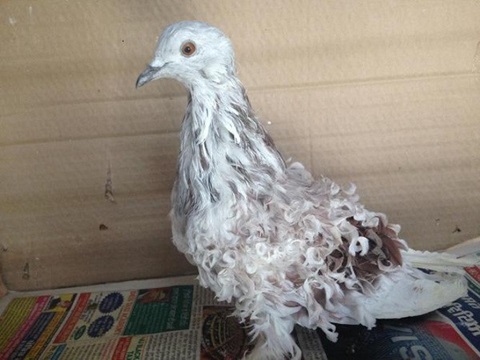
A Frillback pigeon with elegant white plumage.
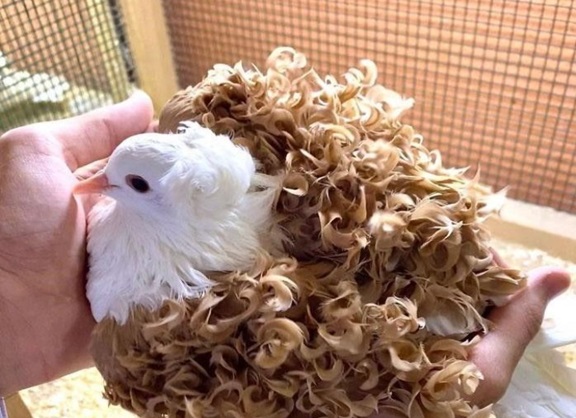
Image of a Frillback pigeon pecking at its owner's hand.

Close-up of the super artistic plumage of a Frillback pigeon.
Above, nicebirds.net has shared all the information about Frillback pigeons , hoping you have a better understanding of this beautiful curly-feathered pigeon. With an impressive appearance, good adaptability and reasonable price, we believe that Frillback pigeons will soon be popular in the Vietnamese bird market, let's wait and see.
And don't forget to visit our Blog section every day to update more knowledge about the world of ornamental birds!

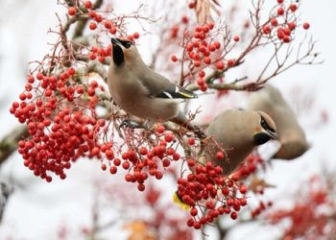

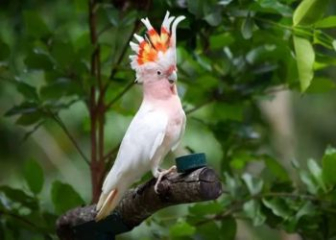
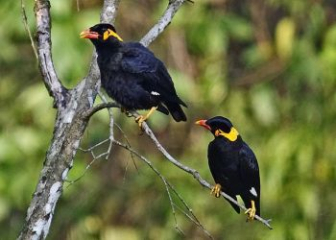
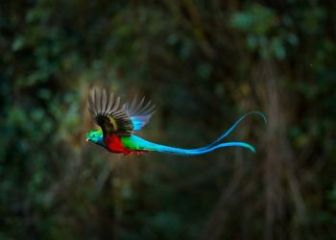





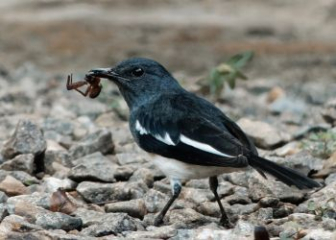
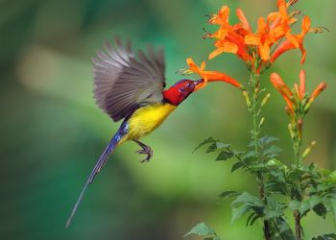


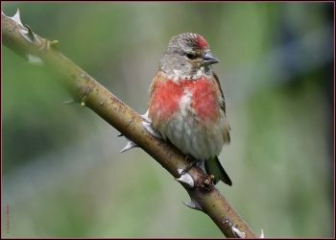
_350x250.jpg)
